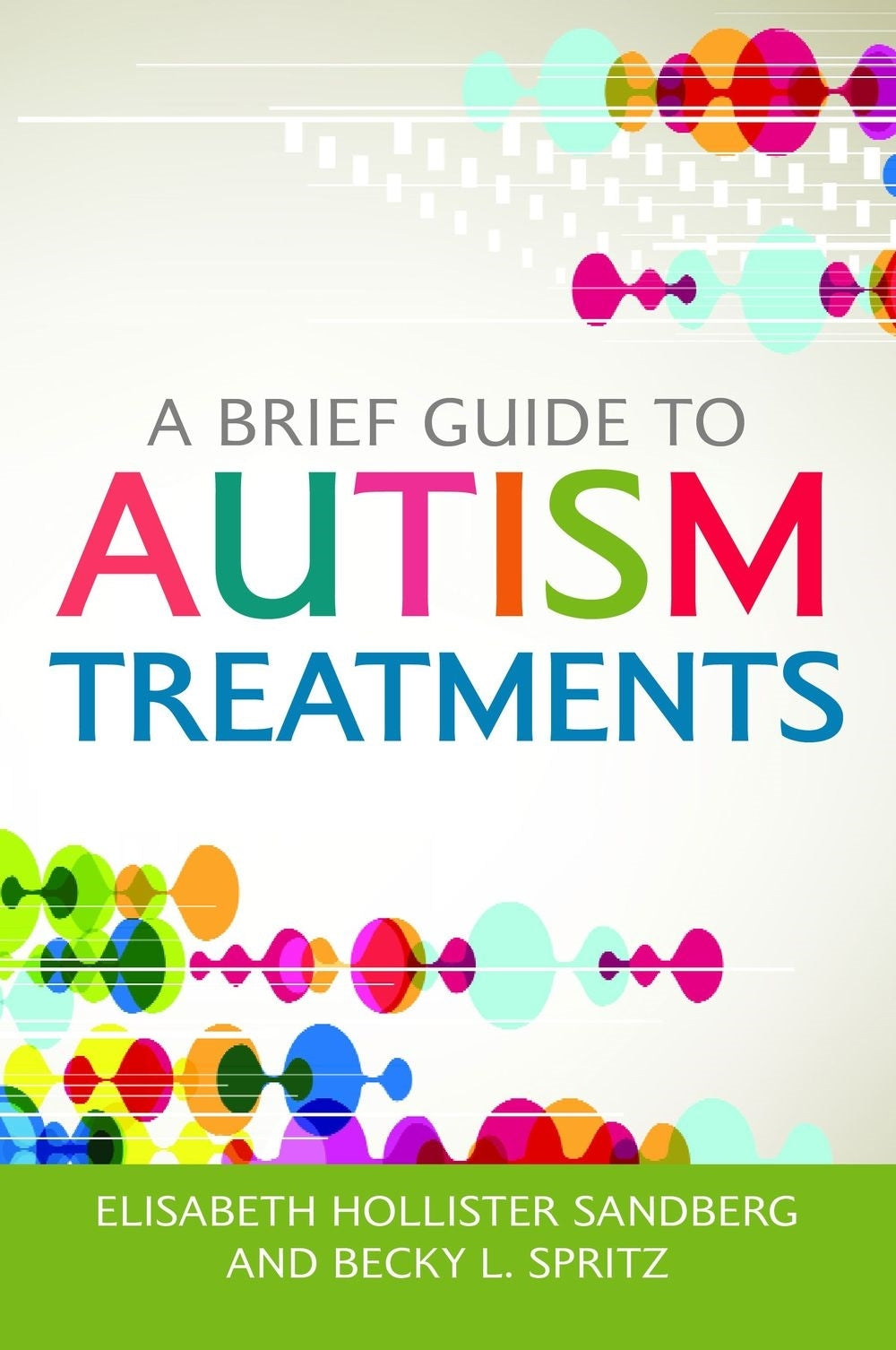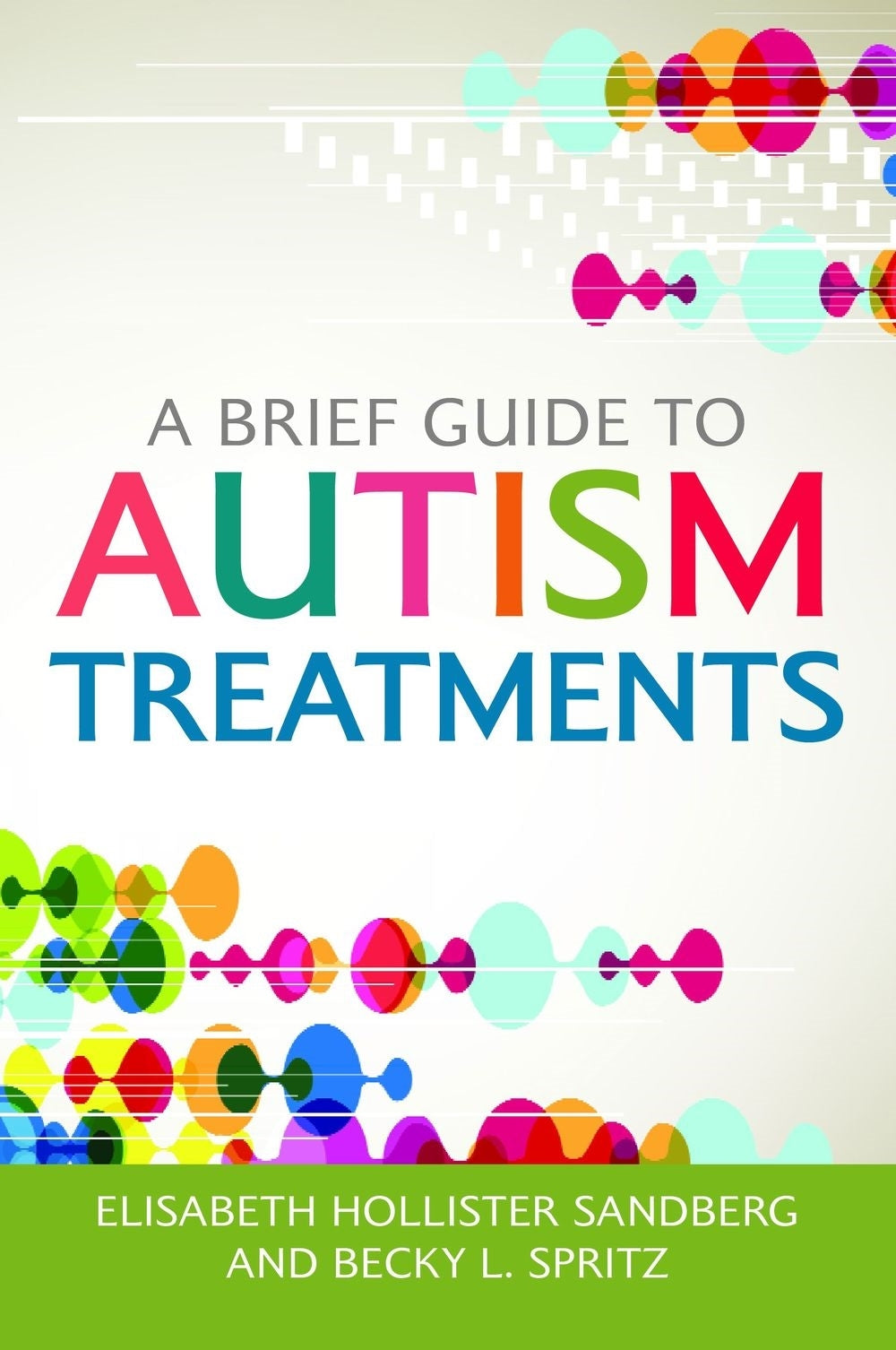
Press Reviews
International Journal of Developmental Disabilities
This informative and well researched book give the reader an insight into some of the treatments and interventions available for children who have Autistic Spectrum Disorder (ASD). This book is primarily aimed at parents who have children with ASD and gives them the information they need to make an informed choice as to which treatment or intervention would be beneficial for their child... A strength of this book is its accessibility. At the end of each chapter, a table is presented to summarise the suitability of the treatment in terms of age, anecdotal parental support, scientific evidence, availability and the cost of the treatment... This book is clear and concise providing the reader with unbiased information about treatments that would enable them to choose the best treatment and intervention for their child. This book does exactly what the title says; ti five a useful guide to ASD treatments and is accessible for the reader.
Nicole Goodman, Behaviour Management Consultant
I found the information provided useful, markedly objective, unambiguous and easily understood.
Hanna C. Rue, PhD, BCBA-D, Executive Director, National Autism Center
Families of individuals with an autism spectrum disorder are bombarded with countless accounts of effective treatments for autism. A Brief Guide to Autism Treatments provides parents and caregivers with reliable and useful information that will allow them to make educated decisions regarding treatment for their loved one on the autism spectrum.
Lauren Cyd Solotar, PhD, ABPP, CEO, May Institute
A Brief Guide to Autism Treatments provides families with a user-friendly introductory guide to current treatments for autism. The emphasis on scientific evidence will help provide guidance in making informed decisions for a very challenging disorder.
Keith A. Crnic, PhD, Professor and Chair, Department of Psychology, Arizona State University
In the ever growing complexity of treatments for children with ASD, Sandberg and Spritz's timely volume offers a thoughtful, concise, and accessible analysis of available interventions that will help parents and families negotiate the confusion and separate the wheat from the chaff.
Katherine M. Martien, MD, Neurodevelopmental Pediatrics Specialist Massachusetts General Hospital Instructor, Harvard Medical School
Carefully investigated and concisely written, Sandberg and Spritz have provided for the first time an extremely well researched and accessible guide on available treatments for children with Autism Spectrum Disorders. Families with an autistic child are confronted with the overwhelming task of finding the best interventions for their child amidst a dizzying array of information from professionals and educators, other families, printed materials, and the internet. The process of sorting through this information is daunting, confusing, and extremely time consuming, making it nearly impossible for families with a special needs child to gain the critical insights they need. The authors not only describe the treatments available and their costs, they provide a well-rounded assessment of the support for any given intervention, from online information to parent testimonials to hard scientific evidence. This book will become the definitive treatment resource guide for all families of children with autism and I strongly recommend it to anyone committed to optimizing interventions for children with Autism Spectrum Disorders.
